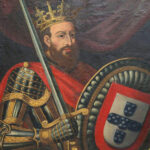For centuries, Portugal has made its mark on the map, giving the world many innovative inventions other than port, Madeira wines and pastéis de nata. However, some of the nation’s greatest inventions are not given as much recognition as they deserve. And so, this month, I decided to share Portugal’s Top 10 famous inventions.
Portugal’s early seafarers brought the country great wealth, so it should be no surprise that the first two inventions featured were important for the exploration of the world’s oceans and almost certainly played a big part in Portugal’s Age of the Discoveries.
1. The caravel
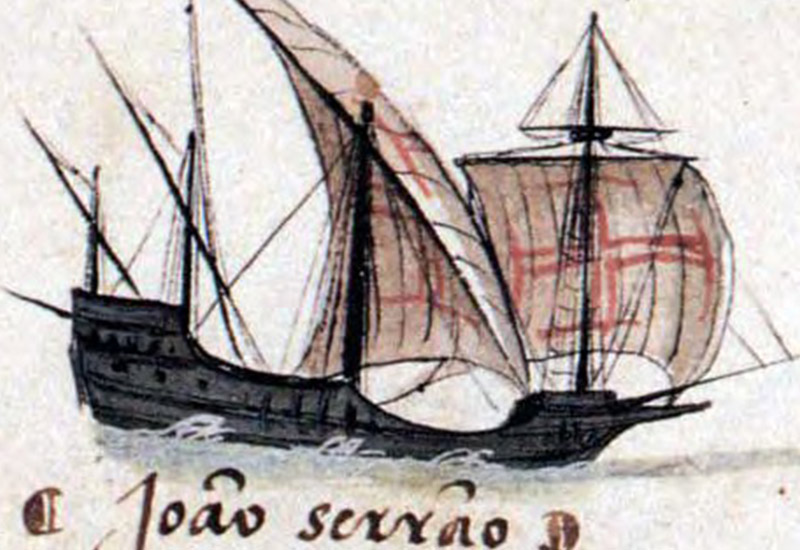
Or, to give it its Portuguese name, the caravela was a light, fast and very seaworthy ship, with triangular (lateen) sails which, unlike the square riggers, had the ability to sail to windward, so was very manoeuvrable. In Sagres, Prince Henry the Navigator developed the caravela and, from the early fifteenth century, they were built in the shipyards in nearby Lagos.
2. The mariner´s astrolabe
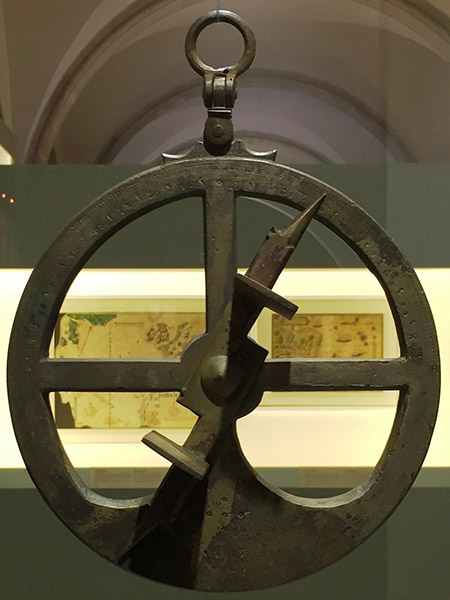
Not to be confused with its astronomical counterpart, which was used by the 4th-century Egyptian mathematician Hypatia of Alexandria, the mariner’s astrolabe played another vital role during the Age of Discoveries. This navigation device was no doubt inspired by the more ancient instrument but simplified and made lighter so that it could be used at sea. Aligning the device with the sun or a star above the horizon and using star and planetary charts, one could pinpoint the ship’s latitude and longitude and tell the time. Portuguese navigators, knowing that the astronomical astrolabe used on land had to be held precisely vertical, removed the complex scales and stereographic projections and, using only a simple graduated scale and sighting device, they were able to use the instrument at sea. The system was an essential part of any navigator’s kit from c. 1460 through to 1700 before more advanced instruments were created, such as the sextant, which was developed by John Hadley and Thomas Godfrey in 1731. In 1922, Portuguese navigator Gago Cutinho modified the sextant for aeronautical navigation.
3. Microphone wind ball
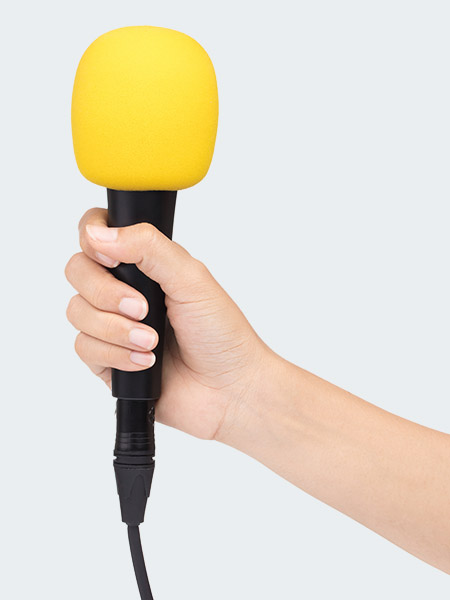
We’ve all seen our favourite TV pundit with a microphone in their hand, topped with a branded sponge wind ball. This handy invention is thanks to Portuguese engineer Jaime Filipe, who worked for Portugal’s TV channel RTP.
Realising that wind caused interference with sound recording in the open air, he began to think up a way to muffle outside noise in a better way than wrapping a microphone in a handkerchief. Looking for a more robust solution, it was in 1951 that he discovered a sponge ball was the perfect device to eliminate wind noises. Soon the wind ball or bolas de vento became widespread the world over and is now one of the most important objects for national and international radio and television stations.
4. The wheelchair lift

In addition to his groundbreaking microphone wind ball, Jaime Filipe went on to design the wheelchair lift, an innovative invention that would improve the world for handicapped people. Filipe’s wheelchair lift, which was patented in 1981, soon became common in transport hubs, hotels, restaurants and other public places, and Jaime Filipe received numerous awards for his work.
5. Cerebral angiography
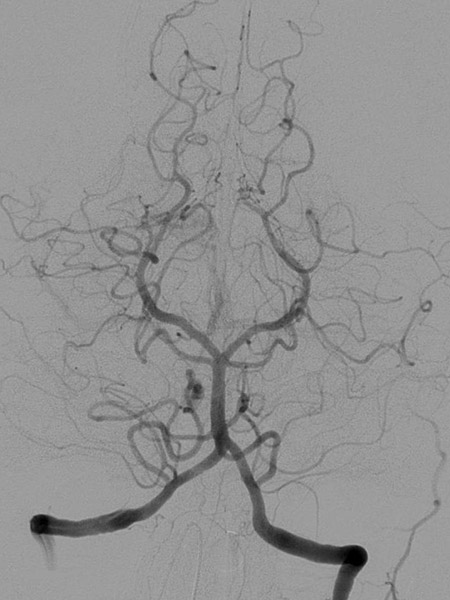
Cerebral angiography has been used all over the world to examine blood vessels closely through X-rays. This game changer in medical science is thanks to Portuguese neurologist Egas Moniz, who developed the procedure in 1927, to spot any blockages using a special dye injected into the artery through a fine catheter. Regarded as one of the founders of modern psychosurgery, Egas Moniz also developed the surgical procedure lobotomy, which won him a Nobel Prize in 1949 alongside Walter Rudolf Hess, thus making him the first Portuguese national to win the prize.
6. ColorADD
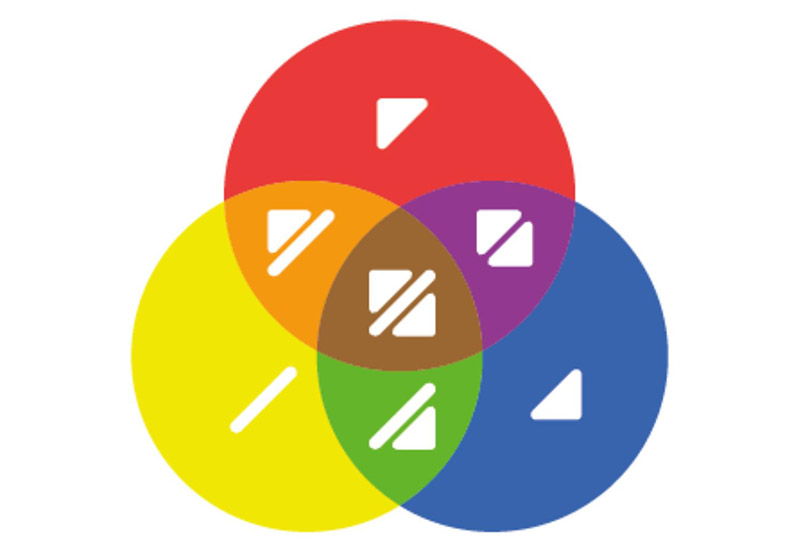
ColorADD – Maximilian Dörrbecker – Creative Commons Attribution-Share Alike 2.5 Generic license.
Another breakthrough in the Portuguese medical profession was the creation of ColorADD. In 2008, Miguel Neiva set out to invent a language of symbols for colour-blind people to navigate colours. The native of Porto was studying at the Universidade do Minho when he developed a simple symbolic language that could be interpreted into a range of colours. What started as an academic thesis became a globally used language to help the colour-blind community.
7. The pre-paid mobile phone card

The predecessor of the pre-paid mobile data package was the go-to tool for anyone wanting to keep in touch with the folks back home. In the days before the constant update of holiday snaps on Facebook and Instagram, people would actually pick up a phone and talk to each other! Can you believe it? The first European pay-as-you-go was founded in Portugal in 1995 when the Portuguese operator TMN (now MEO) released a PAYG card called MIMO that became widespread worldwide and paved the way for the modern-day data package. Thank you, MEO.
8. Multibanco
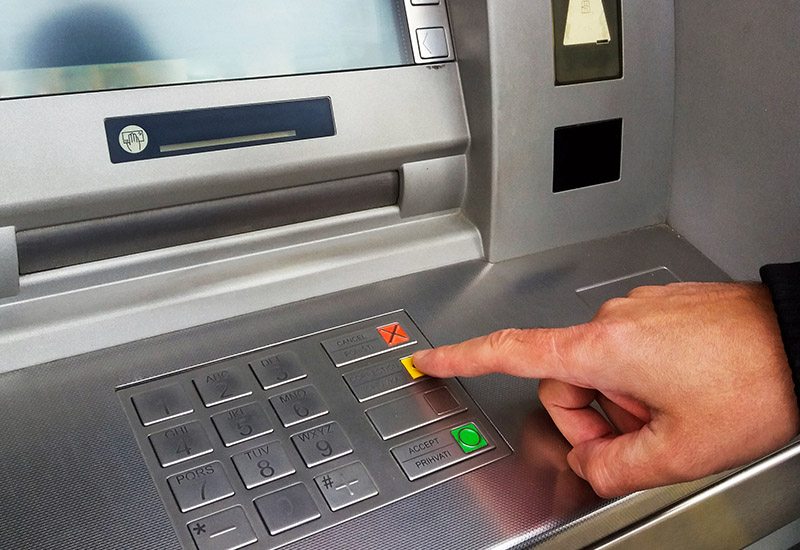
ATMs have been in use since 1967, and the first was reportedly installed in Barclays Bank in Enfield, UK. However, Portugal upgraded the trusty ATM into a much more sophisticated machine after the first one was installed in Lisbon in 1985. Portugal created an innovative way to not only draw out cash but also to pay for daily expenses including public transport, utility bills, state taxes and public services. The Multibanco soon became the go-to payment method for the Portuguese, growing from just 12 Multibancos in Lisbon and Porto to an estimated 13,000 across the country today.
9. Vindaloo Curry
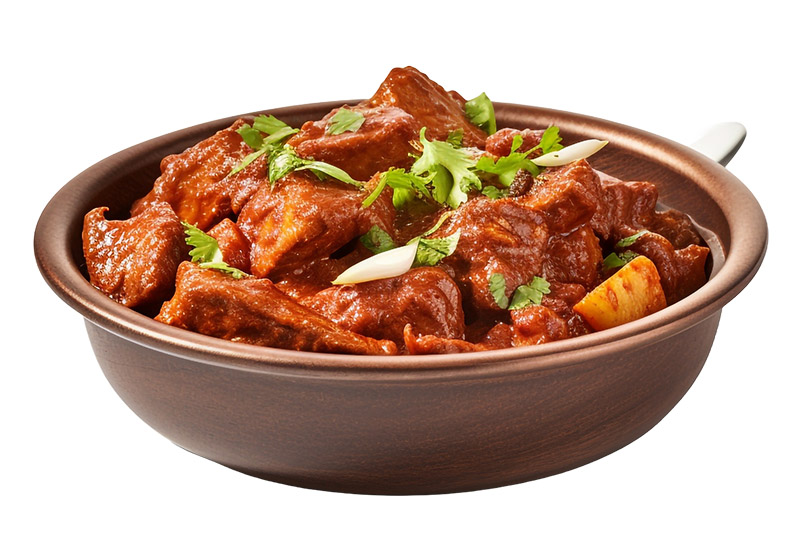
Whilst the vindaloo is a favourite amongst lovers of Indian cuisine, the famous spicy curry was indeed inspired by a dish introduced to Goa in the early 15th century by Portuguese explorers. The traditional recipe of the Catholic community of Goa takes its root from carne de vinha d’alhos (meat in wine and garlic marinade). This dish was the staple of Portuguese sailors who preserved raw ingredients in barrels of red wine and garlic, thus the name vin d’alho or vindaloo. Over time, local Goan chefs modified the recipe to suit the Goan palate, using spices that the Portuguese also introduced and thus the trusty vindaloo curry was born, being served in restaurants across India and the world.
10. The Hawaiian ukulele
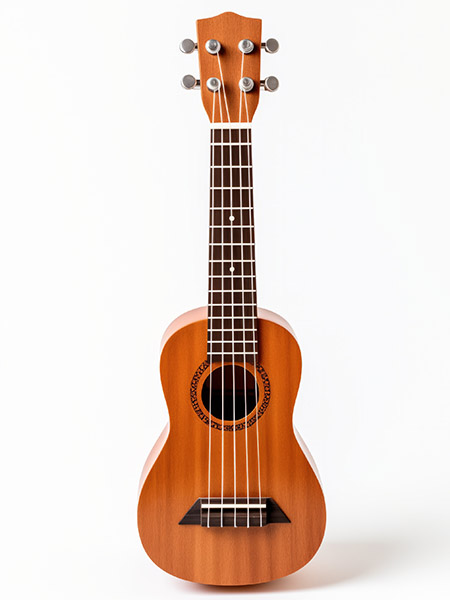
The ukulele is often associated with Hawaii and often mistakenly called the “Hawaiian guitar”, however, the four-stringed instrument actually originated in Portugal. It was introduced to Hawaii by João Fernandes, a Portuguese emigrant from Madeira who travelled to Honolulu on the sailing ship Ravenscrag in 1879 and entertained his fellow passengers, playing the cavaquinho. Upon hearing Fernandes play, the Hawaiians gave it the name ukulele – meaning “jumping flea” and, before long, workshops began to pop up across the islands manufacturing the now-known ukulele, paving the way for iconic players such as George Formby.
Fun Fact
Did you know that some English words are derived from Portuguese origins? Examples include: embarrass from embaraçar, junk from junco and savvy from sabe.
Main image: Monument to the Discoveries, Lisbon








